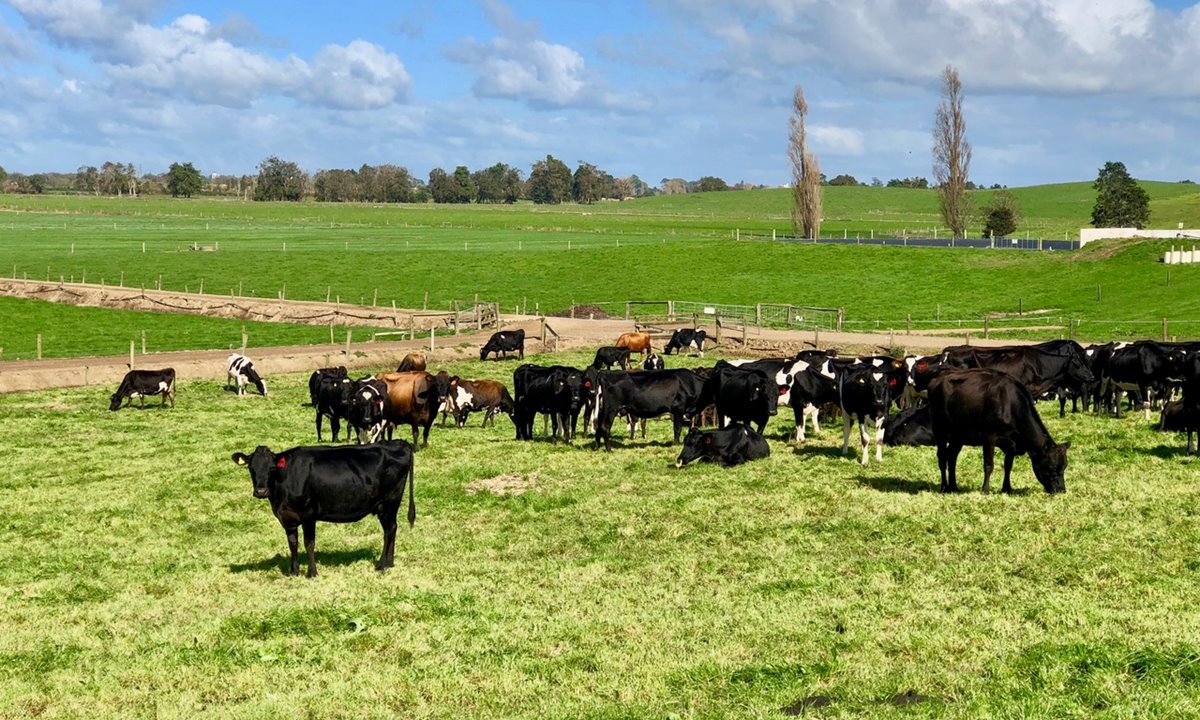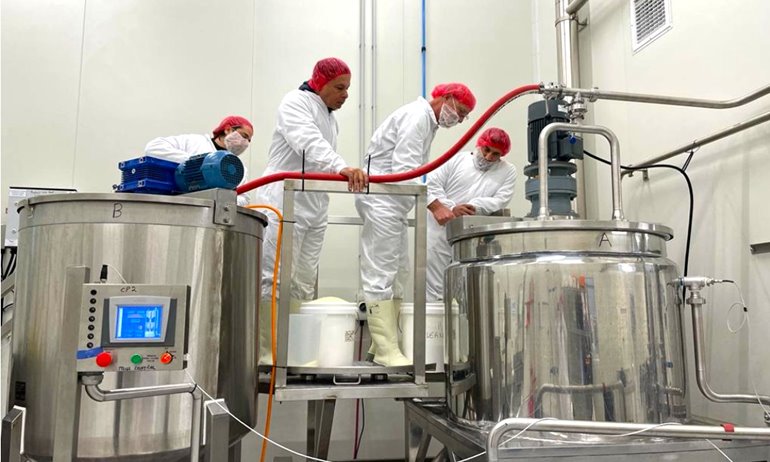An independent report from Infometrics, commissioned by Waipa District Council, shows to March 2018 Waipā’s economy grew by 4.7 per cent, ahead of the 3.2 per cent national average.
The primary sector, particularly dairying, continues to dominate local economic activity. Total exports from Waipā grew 2.7 per cent in 2018, with dairy exports making up 53 per cent of the total. Total dairy pay-out has grown to $486 million over the last three years after the low pay-out in the 2015 season.
Waipa District Council business development manager Steve Tritt said local gross domestic product (GDP) continues to be driven by the broader primary sector.
“The primary sector – agriculture, fishing and forestry – made up 17 per cent of local GDP. However, dairy cattle farming alone makes up 11 per cent of our total Waipā economy and in the 12 months measured, employed 1,655 workers,” Tritt said.
“That’s 7.1 per cent of Waipā’s total employment and compares to 1.5 per cent of people employed in dairying nationally. Those figures alone show how important dairying continues to be for our district.”
There are now 23,330 filled jobs in Waipā, up 5.4 per cent compared to New Zealand’s average job growth of 3.0 per cent. In total 1,200 new jobs were added in Waipā during the 2017/2018 year. Job growth was partly driven by strong building and construction activity which created an extra 300 jobs in the district. In total, building construction and related services employed around 2,600 people in Waipā.
Waipā’s population increased by 1.9 per cent during the 2017/18 year (to 54,000), on par with the national average. Of the 1,000 new people living in Waipā, 800 moved into the district from other parts of New Zealand or from overseas.
There were also more visitors who contributed to a 14.4 per cent growth in tourism expenditure, compared to just 3.3 per cent growth across New Zealand. Guest nights in Waipā grew by nearly 10 per cent compared to less than one per cent growth nationwide.
Future economic activity in Waipā is forecast to remain strong, buoyed by population growth, sustained dairy success and future investment, including Council’s investment into core infrastructure. Construction activity and household spending is also helping drive growth which is forecast to drop to around 2.0 per cent in 2021.
However some challenges to the labour market have been signalled. Between now and 2024, Infometrics estimates more than 6,500 jobs in Waipā will need to be refilled as an ageing workforce retires. A further 3,800 jobs will be created, increasing the demand for skilled, reliable workers. This is against a backdrop of 2.5 per unemployment in Waipā compared to 4.3 per cent nationwide.
Tritt said Waipā employers will be forced to compete for good staff.
“Waipā business should be thinking now about where they are going to get staff from, as well as looking at strategies to retain good people,” he said.
“We are a very appealing district for people to move to. It is still a good option for people to come into centres like Te Awamutu and buy a new house at a competitive price. That, along with the lifestyle advantages offered by Waipā, is very appealing.”





